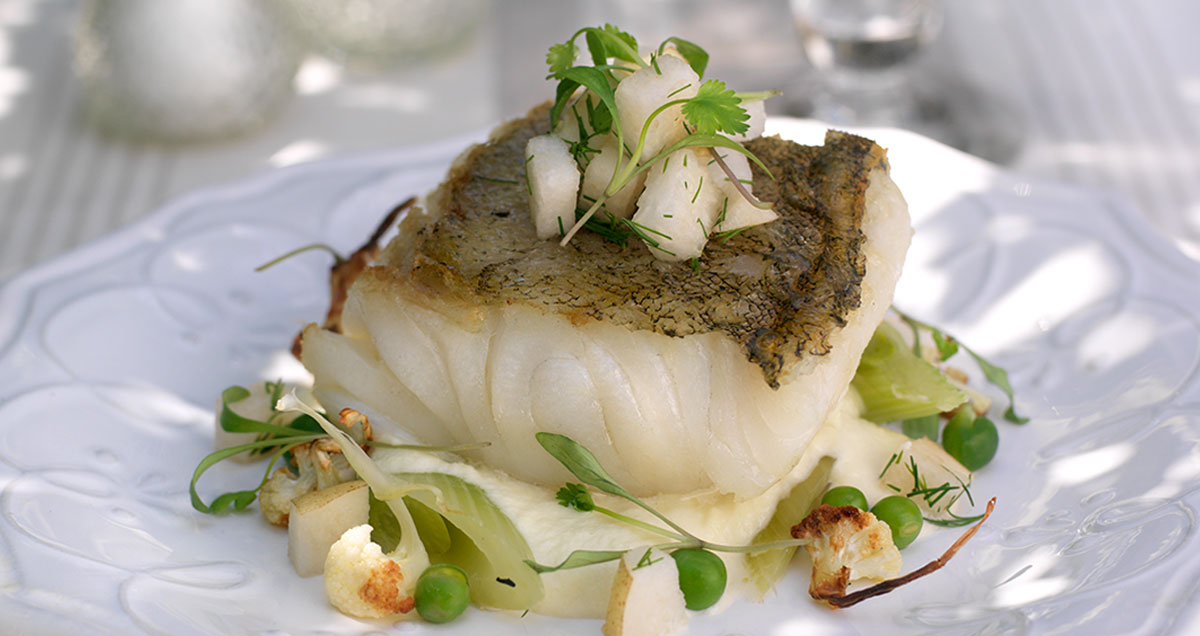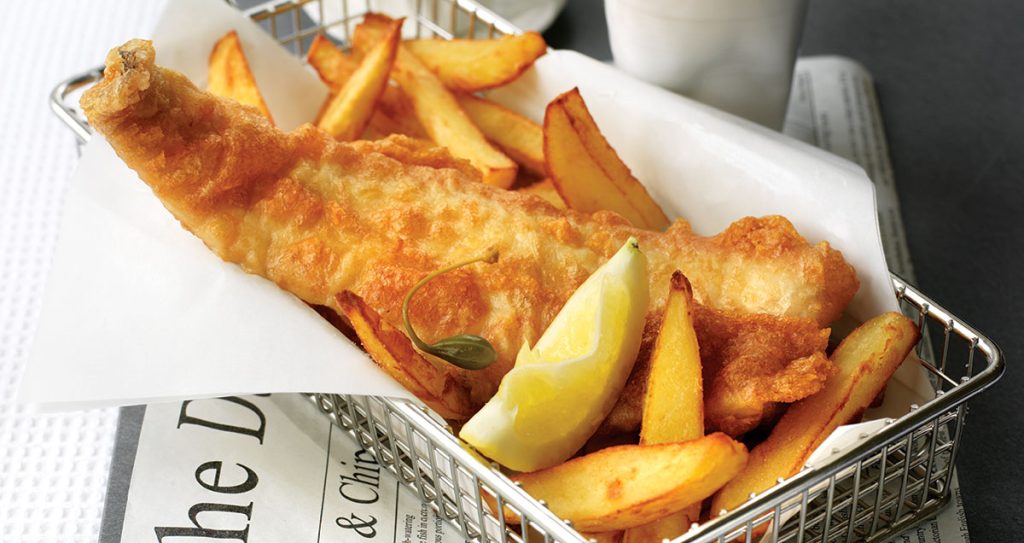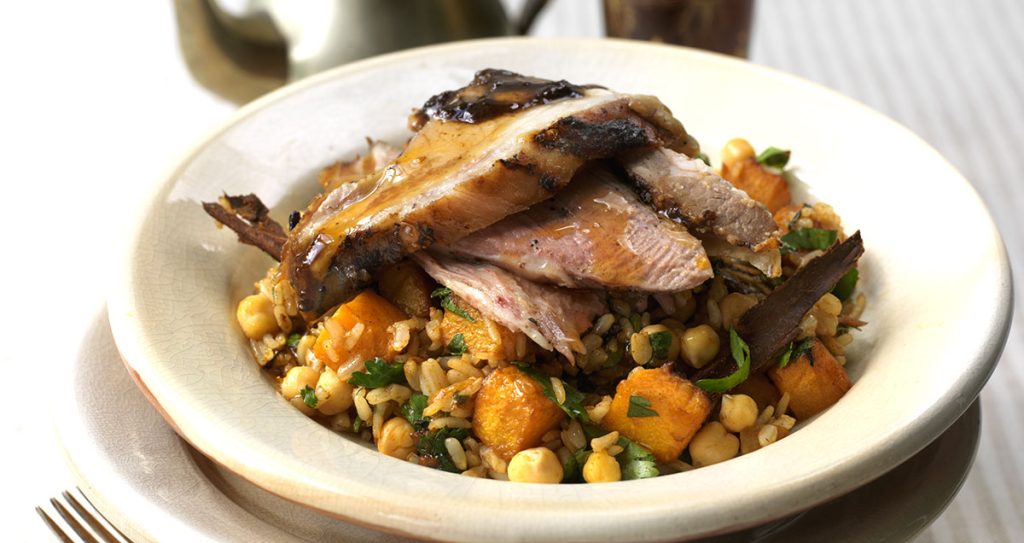, Step by step
Roasted pollock with cauliflower purée and nashi pear

Add some micro cress to the dish to give it that restaurant look.
Method
-
Step 1
Marinate the pollock in olive oil, garlic and fresh thyme for 2 hours.
-
Step 2
Fill a large saucepan ¾ full with water, bring to the boil, add ¼ of the cauliflower and cook for 5 minutes, then drain well.
-
Step 3
Sauté the shallots and garlic with 40ml of olive oil for 2 minutes, then add the cauliflower. Season with salt and pepper, then blend in a food processor, adding the crème fraîche to adjust the consistency of the purée. Keep warm.
-
Step 4
Divide the rest of the cauliflower into small florets and place into a roasting dish with a drizzle of olive oil. Place in the oven and cook until golden brown.
-
Step 5
Sauté the sliced fennel in 40ml of olive oil for 5 minutes and reserve for later.
-
Step 6
Place the drained fish onto a roasting tray and put into a hot oven at 200°C for 10 minutes or until just cooked. Keep warm with foil when cooked.
-
Step 7
Cut the nashi pear into chunks and squeeze the lemon over it.
-
Step 8
Divide the fennel between the plates, in the centre, and put a spoonful of purée on top. Put the cooked fish onto this and arrange the roasted florets around the plate. Sprinkle the nashi pear chunks over each plate and serve.
Nutrition
Cauliflower could be described as a particularly British vegetable. It’s a member of the Brassica or cruciferous vegetable family and is related to cabbages, broccoli, kale and Brussels sprouts.
Allegedly, cauliflower originated from Asia and travelled from Italy to France in the seventeenth century – where the court of Louis XIV went mad for it – before it spread throughout Europe.
These days in the UK, we typically eat the type with a white centre ‘curd’, but there are many different cultivars, such as the beautiful green Romanesco cauliflower more often seen in Italy.
Although most people tend to think of cauliflower as a boiled or steamed vegetable or baked in cheese, it’s really versatile and is delicious roasted or puréed – as in Mark’s great recipe this month, eaten raw as a crunchy addition to salads, or made into a lovely thick, creamy soup.
Like other cruciferous vegetables, cauliflower has sulphur-containing components and some are released as gases when they are cooked – this explains the smell of their cooking water! Importantly though, some of these substances – called glucosinolates – are believed to have beneficial effects on health, particularly in the area of cancer protection. Another good reason for eating more veggies!
DR JULIET GRAY, COMPANY NUTRITIONIST


